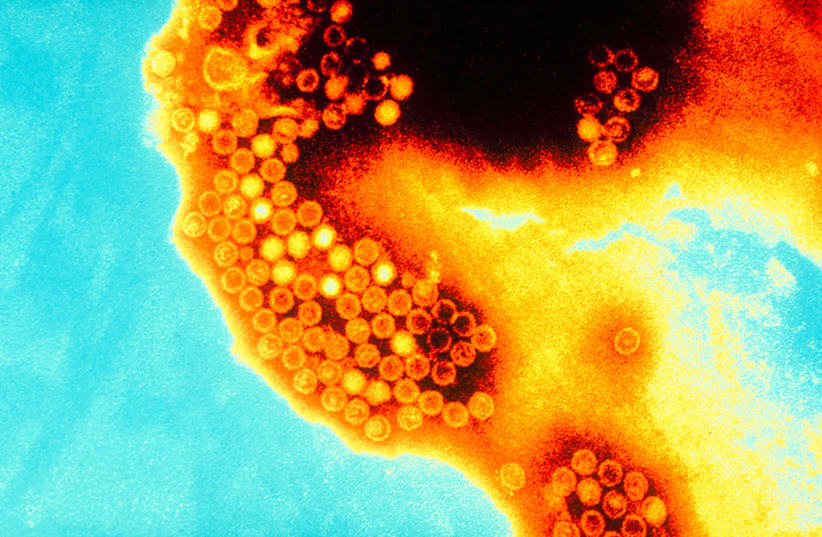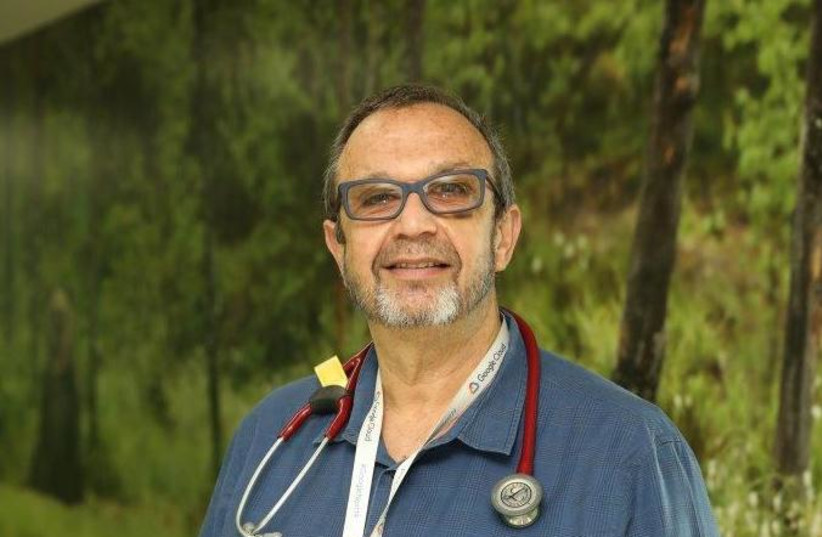The World Health Organization (WHO) warned at the beginning of this week of a wave of Hepatitis cases of unknown etiology – or source – in children throughout the United Kingdom and Northern Ireland.
Now, Israel is preparing to handle any parts of the wave that reaches its shores.
The WHO reported that 84 cases of hepatitis infection were found in children in the UK, nine in the US and three in Spain. Of these cases, three reached a state of liver failure and required a transplant.
As a result of the concerning WHO report, Israel's Health Ministry turned to the different health bodies in the country to monitor such cases and to be extra careful. Meanwhile, health representatives are saying that for the time being, this is no cause for concern.
There's only one problem: It's unclear where this wave is coming from.
Where is this Hepatitis wave coming from?
"At the moment it is not clear what the source of this outbreak is," explained Prof. Ronen Arnon, director of the Liver Diseases Department for Children at Rambam Health Care Campus. "The virus is thought to be the cause of the disease, but it has not yet been identified and it is unknown at this time whether it is a known or new virus."
Arnon explained that other hypotheses are being tested, such as the possibility that the illness is a reaction to chemicals or toxins that have spread in those regions. Alternatively, the wave may be caused by some sort of post-COVID reaction.
Serious cases of liver infection, even those that reach such a state that a transplant is needed, are not new, according to Arnon, who chaired the research committee of the American Society for Pediatric Liver Transplantation.
"In many cases examined by doctors, they are not able to reach a diagnosis, but because there is a multiplicity of cases in this situation in a very short period of time and in concentrated areas, it raises a red flag," he said.
This is not the first time Israel has taken a step forward in trying to eradicate Hepatitis; in 2016, the Health Ministry launched a program to identify an estimated 100,000 carriers of hepatitis C and gradually give them a new and very expensive drug that eradicates the deadly virus.

